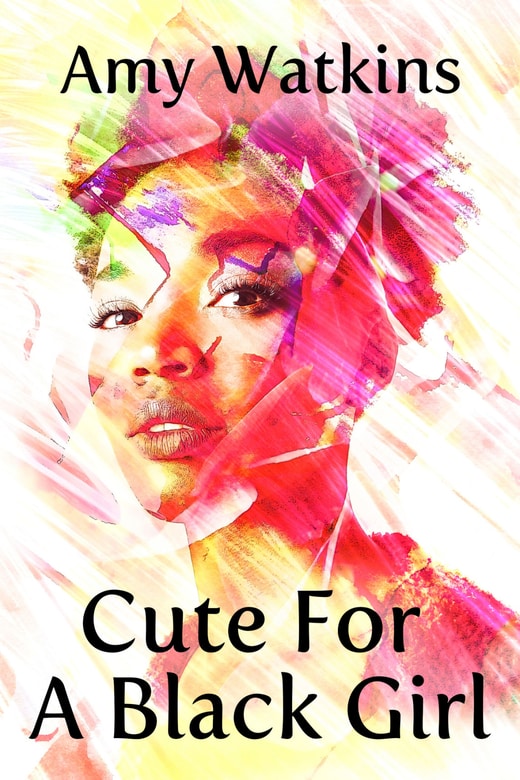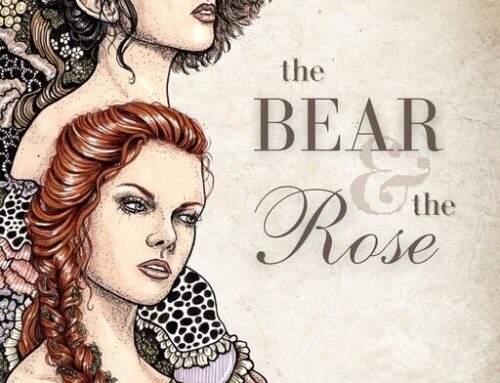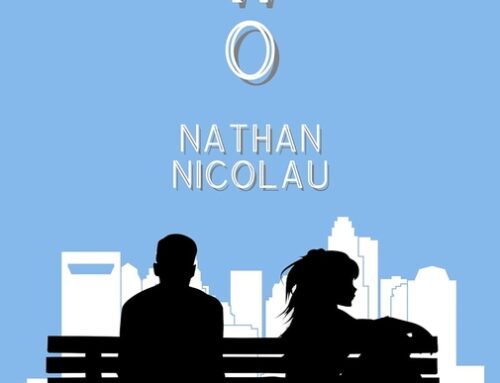
An emotional, affecting novel about existing and surviving as an oppressed person, Amy Watkins’ Cute For A Black Girl exposes the horrific, intrinsic racism and sexism that young Black women are subject to on a daily basis – as well as highlighting the importance of friends and found family.
Chloe is a young Black girl from an abusive home who is placed in the foster care system, where she’s eventually adopted by a kind, caring, and genuinely well-meaning white lawyer named William. The story tracks Chloe’s life on multiple timelines, including the discrimination she experiences as the only Black student in an all-white school, and the way that she’s tokenized by young white men.
In her new environment, Chloe finds some excellent, powerful allies, like the incredible character Cadence – a young, passionate white woman who comes into her own as a confident lesbian in a discriminatory religious family. Unfortunately, Chloe also suffers at the hands of manipulative people who don’t have her best interests in mind. The narrative threads eventually connect and coalesce over a tragedy: Chloe overdoses on drugs at a party where she might have been raped, and she ends up in a coma. Her family and friends come together to try to figure out what happened, while praying for her swift recovery.
Cute For A Black Girl isn’t always an easy read, but it’s a necessary and essential one; the novel touches on so many tough and difficult themes, from childhood molestation and teenage pregnancy to drug abuse and the unfortunately often contested concept of consent while intoxicated. Watkins excellently manages a non-linear timeline, offering and withholding information to help heighten tension in the plot and reveal important points when the time is right. Sometimes, however, it’s unclear why the book is told from so many different narrative perspectives. Seeing events from William, Chloe, and Cadence’s viewpoints makes sense, but a few of the other sections aren’t as intuitive in their point and placement.
It’s difficult to write a novel that’s trying to make a pointed political statement, without creating cardboard characters that serve as mouthpieces for the author’s cultural thoughts and social commentary, and there are a few moments where the characters in Cute For A Black Girl fall into this trap by making pointed speeches, but overall Watkins impressively avoids this pitfall. Her characters come off like real, genuine people struggling with the exact kinds of problems that poor minority populations face, for a deeply arresting portrait of both these characters and societal issues writ large.
The novel also has a religious focus, in the sense that the characters often turn to Christianity as a form of solace, support, and guidance when they’re struggling. Despite the faith-based nature of the text, non-religious readers will likely still appreciate and identify with the novel, as religion is presented not as a bludgeon, but as a positive force for good in the lives of people who are suffering under the boot of systemic oppression, which is exactly where faith can play a productive role.
All told, Cute For a Black Girl is sometimes harrowing, but highly recommended for any reader of contemporary fiction, as it tells such a vital story, and does so exceptionally well.
Book Links
STAR RATING
Design
Content
Editing
Get an Editorial Review | Get Amazon Sales & Reviews | Get Edited | Publish Your Book | Enter the SPR Book Awards | Other Marketing Services























Leave A Comment